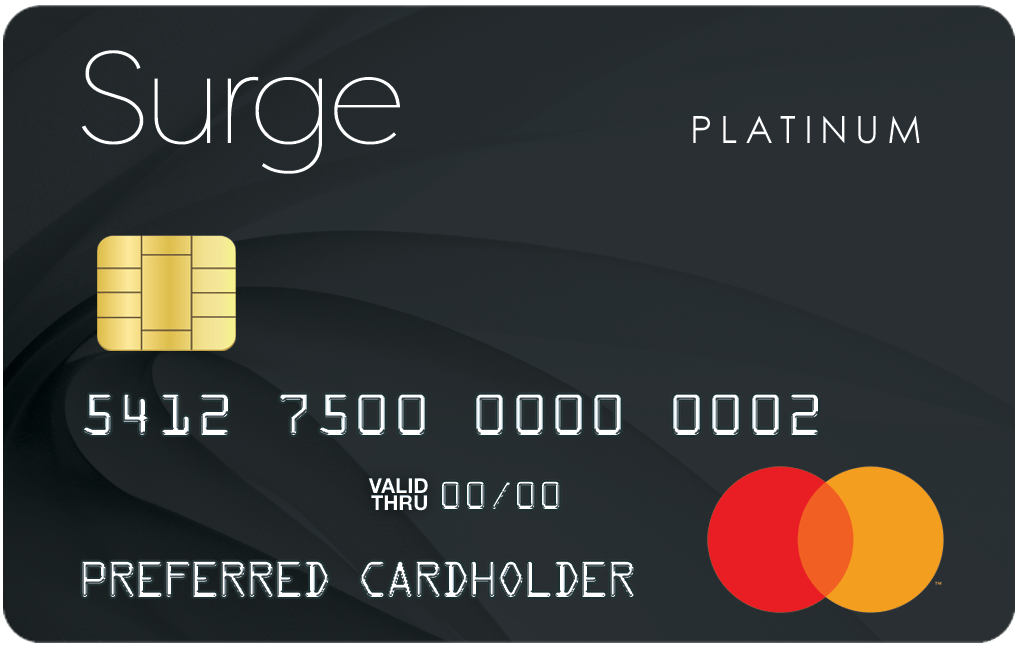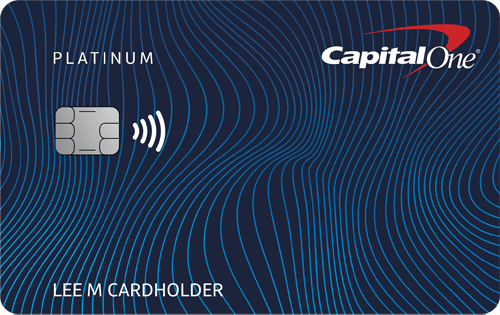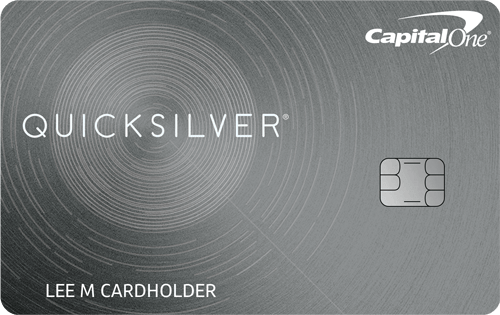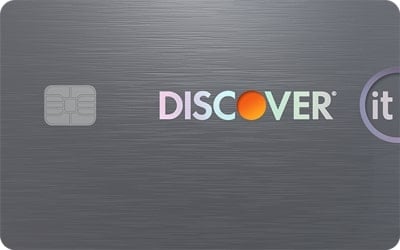5 Things to Know About the Surge Credit Card

Many or all of the products featured here are from our partners who compensate us. This influences which products we write about and where and how the product appears on a page. However, this does not influence our evaluations. Our opinions are our own. Here is a list of our partners and here's how we make money.
The Surge® Platinum Mastercard®, issued by Celtic Bank and serviced by Continental Finance, offers some qualities that may appeal to those seeking a second chance at building credit. But its fees far outweigh its benefits.
There's no security deposit required, and it does offer a pre-qualification process, as well as the chance at a higher credit limit. It also reports payments to all three major credit bureaus, which can help your credit if you pay your monthly bill on time.
But among credit cards for bad credit, the Surge Mastercard is an expensive option that is likely not sustainable over a long term. You stand to save more money by paying a security deposit on a secured credit card, as you can get that money back with a good payment history. With the Surge® Platinum Mastercard®, you’ll never get back the ongoing annual fee (up to $125) or the potential monthly maintenance fees (up to $10).
That’s a cost of up to $245 annually in fees alone, plus more if you pay interest charges.
Explore the Surge card carefully before applying and learn about better (and much less expensive) credit cards for bad credit.
Surge® Platinum Mastercard® details
Annual fee | $75 - $125 intro first year, then $99 - $125 |
Monthly maintenance fee | $0 the first year, after that it's $0-$120 annually (up to $10 billed monthly). |
Credit limit | Initial credit limit of $300-$1,000. |
Purchase APR | See website for Details*. |
Late fee | Up to $41. |
Penalty APR | None. |
Cash advance fee | Either $10 or 3% of the amount, whichever is greater. |
Cash advance APR | 29.99%. |
Foreign transaction fees | 3%. |
These details are accurate as of May 2023. Terms may vary depending on eligibility.
1. The potential fees are expensive
The Surge® Platinum Mastercard®'s expensive fees make it difficult to justify keeping your account open over time, which is ideal if you want to build good credit. As is the case with any credit card, it can hurt your credit scores if you close your account.
But consider what it'll cost you to not close out this card:
Annual fee: $75 - $125 intro first year, then $99 - $125.
Monthly maintenance fee: $0 the first year, after that it's $0 to $10 per month (up to $120 annually).
Late payment fee: Up to $41.
Your credit determines the cost of the monthly maintenance fee and first-year annual fee. If you’re also carrying an ongoing balance on the card, the high variable annual percentage rate, or APR, combined with the fees can make the cost of maintaining this card a burden. You’re likely to get a high interest rate on most credit cards for bad credit, but you don't have to resign yourself to paying excessive fees on top of that.
For lower fees, instead consider: The $0-annual-fee Capital One Platinum Secured Credit Card will require an upfront security deposit, but unlike the Surge® Platinum Mastercard®'s various fees, that deposit is refundable. And there are different minimum deposit requirements — $49, $99 or $200 — depending on eligibility. Regardless of which one you qualify for, you’ll get a minimum $200 credit limit. There's also a potential upgrade path to better Capital One products once your credit improves.
2. It may offer a credit limit increase ...
The initial credit limit for the Surge® Platinum Mastercard® ranges from $300 to $1,000. After six months of on-time payments, you can double your credit limit. It’s a decent offer, but this option alone doesn’t justify the cost of the card. There are secured credit cards that are cheaper to hold that can also increase your credit limit.
For a credit limit increase, instead consider: If you’re able to save up a $200 security deposit and part with it temporarily as you build credit, the $0-annual-fee Capital One Quicksilver Secured Cash Rewards Credit Card can also offer the chance to be considered for an automatic credit limit increase after six months with the card. As a cardholder, you’ll also earn 1.5% cash back on all purchases and get an opportunity to graduate to an unsecured version of the same card if you're eligible. (The aforementioned Capital One Platinum Secured Credit Card also offers potential credit line increases in six months, but no rewards.)
3. … But fees will cut into your initial limit
It may appear at first glance that the Surge® Platinum Mastercard® offers a higher credit limit with less money down than a secured credit card, and in some cases that is true. But assuming you qualify for a low credit limit, the annual fee and possible monthly maintenance fees will initially occupy a sizable chunk of that limit. If, say, you have a credit limit of $300, an annual fee of $99 would leave you with an available credit limit of $201. That initial credit limit may be even lower once any maintenance fees are assessed. That hurts your purchasing power and also your credit utilization — aka how much of your available credit you're using — which is a factor in your credit scores.
4. Payment history is reported to credit bureaus
The Surge® Platinum Mastercard® reports payments to all three major credit bureaus (TransUnion, Equifax and Experian), companies that collect the information used to calculate your credit scores. It's a must-have feature if your goal is to build credit, but it’s not a standout feature. Many other credit cards for bad credit also report payments to these companies, so this feature alone shouldn’t be the only factor that sways your decision.
5. There’s no certain path to upgrade to a better card
There isn't a specifically outlined path to upgrade to a better credit card after you’ve used the Surge® Platinum Mastercard® to work your way up to better credit.
For a reliable path to upgrade, instead consider: The $0-annual-fee Discover it® Secured Credit Card has a minimum $200 security deposit requirement, but you can get that money back with a good payment history. The card also offers rewards and a sign-up bonus, which may help make up some of the cost of the security deposit. The Discover it® Secured Credit Card touts that it reviews accounts after seven months to determine eligibility for an unsecured credit card. If eligible, you'll also get the chance to get your deposit back.
Find the right credit card for you.
Whether you want to pay less interest or earn more rewards, the right card's out there. Just answer a few questions and we'll narrow the search for you.






